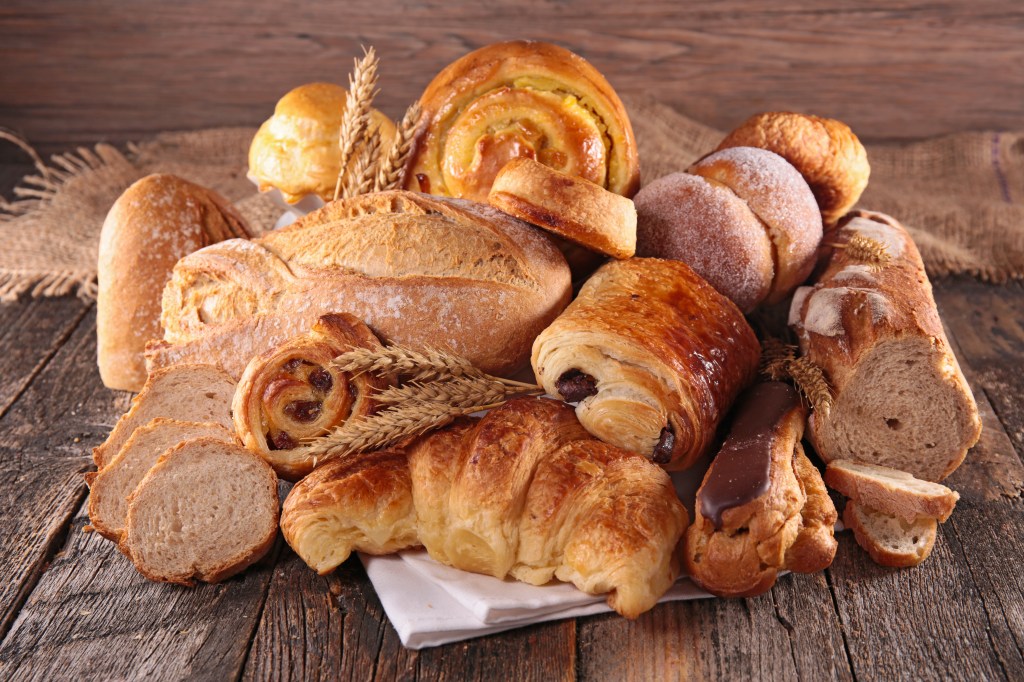Taters and toast can be tooth trouble in disguise.
A new study suggests that the number of Amy1 gene copies you have plays a crucial role in the way bacteria in your mouth respond to sticker, potentially increasing the risk of cavity and gum disease for some people.
“Most people have been warned that if you eat a herd of sugar, make sure you brush your teeth,” said Angela Poole, high author and assistant molecular food professor at Cornell University. “Finding the intake here is that depending on your Amy1 copy number, you may want to be just as alert for brushing your teeth after eating those soluble starch.”

Geni Amy1 is responsible for producing saliva amylase, an enzyme that helps digest the starch in the mouth.
Previous studies have linked Amy1 to cavities and periodontal disease. However, scientists have not fully understood how the salivary amilaza interacts with starch to disrupt the oral microbioma and increase the chances of dental catastrophe.
“This is what we wanted to know about this experiment. What is happening in the mouth if someone eats starch, and is the different answer if their copy number is high or low? “Said Poole.” What we found was that there are other bacteria involved in these processes and that changes depended on Amy1. “
For the study, researchers collected salivary samples from 31 adults, each with different numbers of Amy1 copies. They then added starch to cultured samples, or biofilms, and observed how bacterial composition was moved.
In high -numbers AMY1, the team discovered that the starch significantly reduced the proportions of two bacteria – atopobium and Veillonella – while Streptococcus levels increased. All three bacteria are associated with teeth breakdown or gum disease, according to Pole.
“Some grew up and some landed, so it’s not direct as saying,” the whole thing is good or bad, “Poole said.

Study findings do not mean that you need to dive from your diet.
For most people, starch foods are an important source of carbohydrates and play a vital role in a balanced diet when eaten in moderation. They provide energy and fiber, along with essential and mineral vitamins.
Foods rich in starch include bread, cereals, pasta, rice, potatoes, beans, corn and even bananas. People with higher copies Amy1 have a easier time to break down foods with starch – a genetic variant that researchers believe evolved into certain groups over time.
“The populations that historically had greater access to starch tend to have more copies,” said Pole, “which makes sense from a practical point of view, because it would give you a survival advantage when the food is scarce, to be able to break those starch more efficiently.”
While this may have its benefits, Poole said the study also shows possible weaknesses for teeth and gums. “If one has a high number of copy, they break down starch efficiently, and the bacteria that like those sugars will grow more in this person’s mouth,” she noted.
The research could open the door for more personalized dental care. By understanding your genetic composition, dentists can one day offer recommendations adapted to your individual risks when it comes to starch metabolism and oral bacteria.
The result? A happier mouth and a healthier one. After all, teeth breakdown and gum disease are not just confused with your smile or do not make and speak a challenge-can affect all your well-being.
Poor oral health has been associated with a number of serious conditions, including heart disease, diabetes, Alzheimer’s and certain cancers. Experts believe the issue lies in bacteria from the mouth that enter the bloodstream, causing inflammation that spreads throughout the body.
Dental and mental health are also closely related. Fighting issues such as gum disease or tooth decay can cause discomfort, low self -esteem and anxiety, often leading to social isolation and a decrease in overall quality of life.
#types #foods #increase #risk #cavities
Image Source : nypost.com